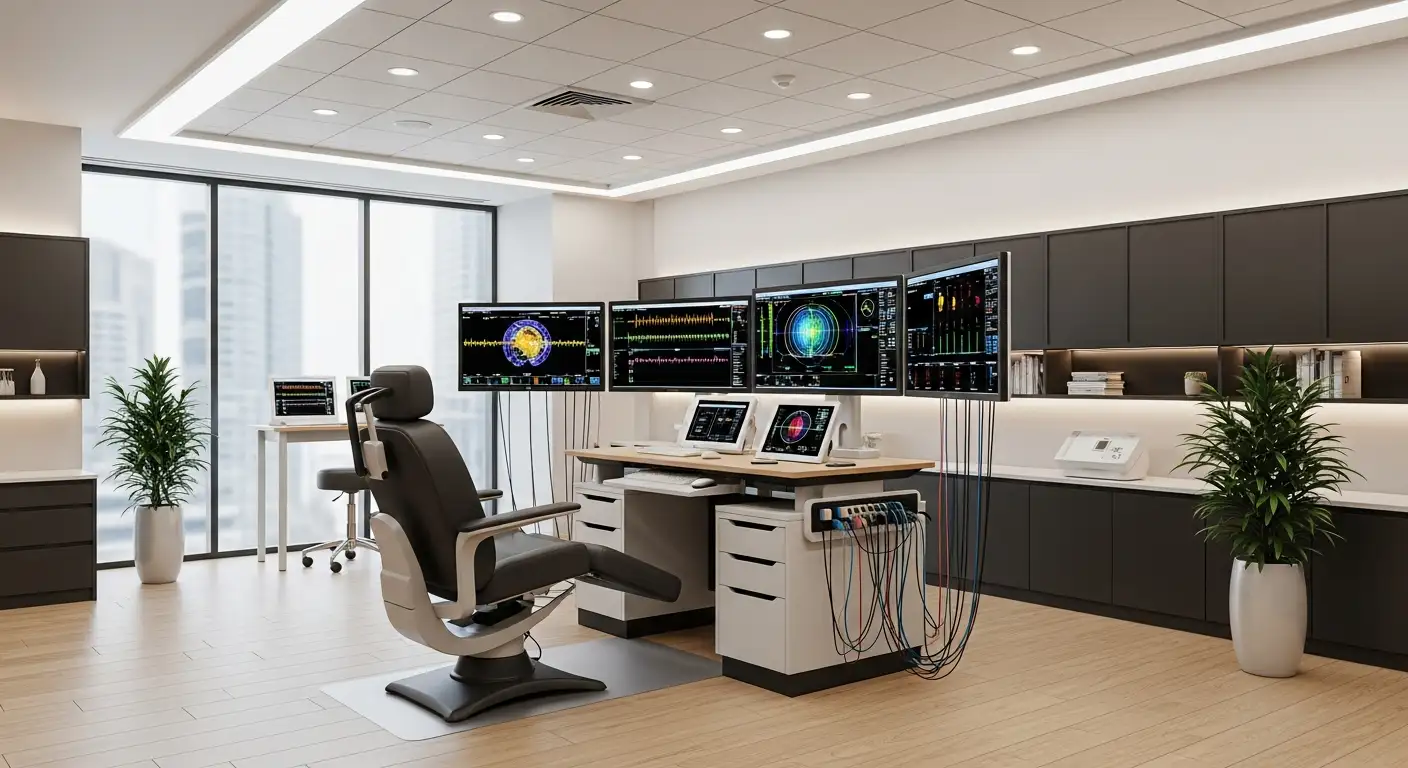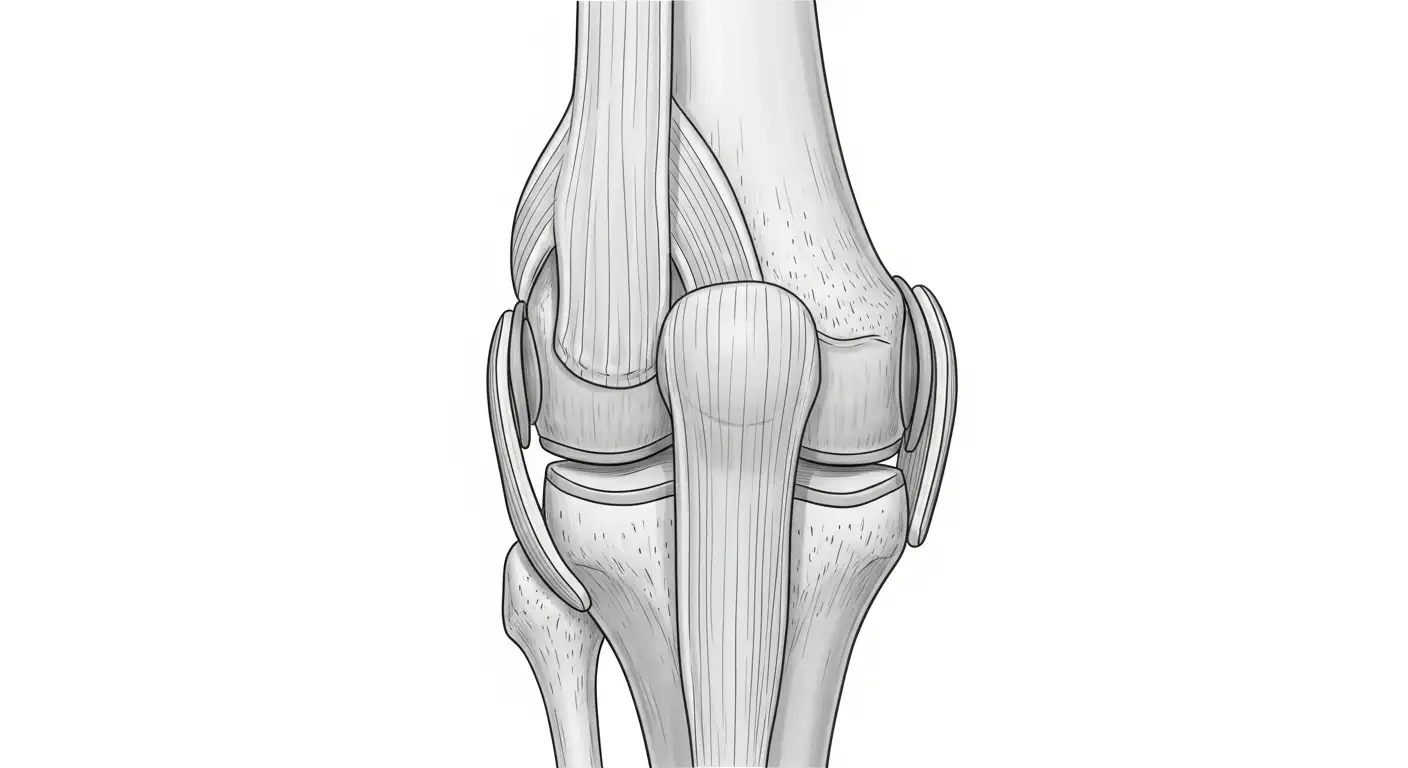Understanding Arthritis
Types of Arthritis
There are more than 100 different types of arthritis, each with its own unique characteristics. These types are generally categorized into four main groups: degenerative arthritis, inflammatory arthritis, metabolic arthritis, and infectious arthritis. Some of the most common types include:
- Osteoarthritis: Often referred to as wear-and-tear arthritis, it primarily affects the cartilage and is common in older adults.
- Rheumatoid Arthritis: An autoimmune disorder that targets the lining of the joints, causing inflammation and joint damage.
- Gout: Caused by the buildup of uric acid crystals in the joints, leading to sudden and severe pain.
- Psoriatic Arthritis: Occurs in some people who have psoriasis, affecting the skin and joints.
- Ankylosing Spondylitis: A type of arthritis that primarily affects the spine, causing severe inflammation.
For more in-depth information on each type, visit the Johns Hopkins Medicine website.

Arthritis Diagnosis Process
Diagnosing arthritis involves several steps to ensure an accurate assessment. Healthcare providers use a combination of medical history, physical examinations, laboratory tests, and imaging techniques. Here's an overview of the diagnosis process:
Medical History and Physical Examination
- Patient History: Healthcare providers ask about symptoms, pain location, duration, intensity, factors that worsen or lessen the pain, family history of arthritis, and current medications.
- Physical Examination: Doctors look for signs of joint swelling, redness, warmth, and range of motion.
Laboratory Tests
Laboratory tests help identify specific markers and substances in the blood or joint fluid that are indicative of certain types of arthritis. Common tests include:
Imaging Techniques
Imaging techniques provide detailed views of the joints and surrounding tissues, helping to identify the extent of joint damage and inflammation. Common imaging tests include:
For more detailed information on the diagnosis process, visit Johns Hopkins Medicine.
Understanding the types of arthritis and the diagnosis process is crucial for effective management and treatment. For those seeking non-surgical treatments for knee osteoarthritis, consider exploring options like genicular artery embolization and using a knee symptom checker to better understand your condition.

Managing Arthritis
Lifestyle Modifications
Managing arthritis, especially knee osteoarthritis, involves making lifestyle adjustments. Some forms of arthritis are unavoidable due to genetics or other health conditions. However, it is possible to lower the chances of developing or exacerbating arthritis by maintaining a healthy weight, staying physically active, and protecting your joints from injury. Regular physical activity and exercises that strengthen the muscles around the knee can significantly reduce pain and improve mobility.
Living with arthritis requires a long-term commitment to symptom management. Healthcare providers play a crucial role in developing personalized treatment plans that minimize the impact of arthritis on daily life. Regular follow-up visits are essential to monitor joint changes and adjust treatment plans as needed [1].
Treatment Options
There is no cure for arthritis, but various treatment options can help manage symptoms and improve quality of life. The type of arthritis, its underlying causes, and the specific joints affected determine the best course of treatment. Common treatments include medications, physical therapy, and surgical interventions such as joint fusion or joint replacement [1].
The primary goals of arthritis treatments are to reduce symptoms and enhance the overall quality of life [2]. For non-surgical alternatives, consider exploring genicular artery embolization near me or using a knee symptom checker to better understand your condition.
Support Groups
Support groups offer a safe space for individuals with arthritis to share experiences, seek advice, and find emotional support. Joining a chronic illness or arthritis support group can significantly benefit both physical and mental health. These groups provide an opportunity to share experiences that might be difficult to discuss with friends or family. They also offer a chance to meet new people and gain insights from others facing similar challenges.
The Arthritis Foundation's Live Yes! Connect Groups are designed to empower individuals living with arthritis or related diseases. These groups provide a supportive environment where members can connect, share tips, and feel encouraged, whether through virtual meetings or in-person gatherings [4]. For more information on support groups and tips for managing arthritis, visit our pages on should i wear a knee brace and ct scan of knee.
By taking proactive steps in lifestyle modifications, exploring various treatment options, and engaging with supportive communities, individuals with arthritis can effectively manage their symptoms and improve their overall quality of life.

Specific Arthritis Treatments
Physical Therapy
Physical therapy is a highly recommended treatment for individuals with arthritis, particularly for knee osteoarthritis. It focuses on improving joint mobility and strengthening the muscles around the affected joints. Physical therapists may also recommend the use of splints or braces to provide additional support. Incorporating physical therapy into one's routine can help reduce pain and improve overall joint function.
For more information on whether you should wear a knee brace, visit should I wear a knee brace.
Medications
Medications play a crucial role in managing arthritis symptoms and improving the quality of life for individuals. The type of medication prescribed depends on the form of arthritis and the severity of symptoms. Commonly used medications include:
- Nonsteroidal Anti-Inflammatory Drugs (NSAIDs): Help reduce inflammation and alleviate pain.
- Corticosteroids: Reduce inflammation and suppress the immune system.
- Disease-Modifying Antirheumatic Drugs (DMARDs): Slow the progression of rheumatoid arthritis.
- Biologic Response Modifiers: Target specific components of the immune system.
The main goal of these treatments is to reduce symptoms and enhance the quality of life [2]. For those looking to understand their symptoms better, the knee symptom checker can be a useful tool.
Surgical Interventions
While non-surgical treatments are preferable, surgical interventions may be necessary for severe cases of arthritis where other treatments have failed. Surgery aims to relieve pain, restore function, and improve the quality of life. Common surgical procedures for arthritis include:
- Joint Fusion: Fusing two bones together to reduce pain.
- Joint Replacement: Replacing a damaged joint with an artificial one.
Although there is no cure for arthritis, healthcare providers can help manage symptoms through a combination of medications, physical therapy, and surgical interventions [1]. For those considering surgical options, a CT scan of the knee can provide detailed images to help plan the procedure.
By exploring these specific treatments, individuals can make informed decisions about managing their arthritis symptoms. For more localized treatment options, consider searching for genicular artery embolization near me.
Arthritis Prevention
Understanding the risk factors and implementing effective prevention strategies can significantly reduce the likelihood of developing arthritis. This section will explore the various risk factors associated with arthritis and highlight practical prevention strategies.
Risk Factors
Several factors can increase the risk of developing arthritis. These include:
- Genetics: A family history of arthritis can increase the likelihood of developing the condition.
- Age: The risk of arthritis, particularly osteoarthritis, increases with age. Osteoarthritis typically affects adults older than 50, while rheumatoid arthritis usually develops in adults aged 30 to 60.
- Gender: Women are more likely to develop rheumatoid arthritis, while men are more commonly affected by other types of arthritis.
- Previous Joint Injuries: Injuries to the joints, such as those sustained during sports or accidents, can increase the risk of arthritis.
- Obesity: Excess weight puts additional stress on weight-bearing joints, particularly the knees, increasing the risk of osteoarthritis [2].
Prevention Strategies
While some forms of arthritis occur naturally or due to unchangeable health conditions, several strategies can help lower the chances of developing arthritis:
- Maintain a Healthy Weight: Keeping a healthy weight reduces stress on the joints, particularly the knees. This can be achieved through balanced nutrition and regular exercise.
- Stay Physically Active: Regular physical activity helps maintain joint flexibility and muscle strength. Activities like swimming, walking, and cycling are excellent options.
- Protect Your Joints: Avoid repetitive motions that strain the joints and use protective gear during physical activities. Incorporating exercises that strengthen the muscles around the joints can also provide additional support.
- Healthy Diet: Consuming a diet rich in anti-inflammatory foods, such as fruits, vegetables, and omega-3 fatty acids, can help reduce inflammation and support joint health.
- Avoid Smoking: Smoking can increase the risk of rheumatoid arthritis and worsen the symptoms. Quitting smoking can improve overall health and reduce the risk of developing arthritis.
For more on managing knee issues, check out our articles on genicular artery embolization near me, knee symptom checker, and should i wear a knee brace.
By understanding the risk factors and implementing these prevention strategies, individuals can take proactive steps to protect their joints and maintain overall joint health.
Arthritis Support Groups
Benefits of Support Groups
Joining a chronic illness or arthritis support group can be very beneficial to your physical and mental health. Support groups offer a safe environment where individuals can share painful experiences that they might be too embarrassed to tell a friend or loved one. It is also a great way to get out of the house, meet new people, and interact with others. Additionally, support groups often organize informal, social events like picnics and family outings. To find an in-person group, ask your physician or local hospital, or browse our interactive map above.
By getting involved with the arthritis community through Live Yes! Connect Groups, individuals can receive the latest information and resources tailored to their interests, helping them live their best lives and connect with others who understand their journey.
In-Person Support Groups
Traditional, in-person support groups have the added benefit of giving you in-person interaction. Typically, in these meetings, people sit in a circle at an intimate gathering and talk about how they are dealing with their condition. Some groups may bring in local nutritionists or physicians to give members additional strategies for managing the condition [3]. Live Yes! Connect Group events are led by Arthritis Foundation volunteers, offering welcoming, encouraging, and informative support groups and activities for individuals at all ages and stages of arthritis and related diseases.
Virtual Support Groups
Joining or starting a Live Yes! Connect Group can provide individuals living with arthritis or related diseases the opportunity to connect with others who understand their challenges, share tips, and feel empowered in a safe and caring environment, whether virtually or in person.
For more information on managing your arthritis and exploring non-surgical treatments for knee osteoarthritis, check out our articles on genicular artery embolization near me, knee symptom checker, and should I wear a knee brace.
Arthritis Facts
Arthritis Statistics
Arthritis is a widespread condition affecting millions of Americans. Understanding the statistics around this ailment can provide valuable insights into its prevalence and impact.
- By 2030, there are projected to be 1.28 million total knee replacements annually in the U.S. [6].
- The mean age for total knee replacement surgery is 65.9 years old [6].
- 8%-11% of Black Americans receive total joint replacements, while 80-86% of non-Hispanic whites receive total joint replacements.
- Experts estimate that more than one-third of Americans have some degree of arthritis in their joints. Osteoarthritis is the most common type, with around half of all adults expected to develop it at some point [1].
Rheumatology Hospitals
For individuals seeking specialized care for arthritis, certain hospitals stand out due to their expertise and reputation in treating rheumatic diseases.
- The 10 best rheumatology hospitals were recommended by at least 5% of rheumatology specialists responding to U.S. News surveys in 2022, 2023, and 2024. Another 18 hospitals were recommended by at least 1% of the respondents. These hospitals treat diseases like rheumatism, rheumatoid arthritis, lupus, and other autoimmune conditions.
Finding the right hospital can significantly impact treatment outcomes. For more information on specific treatments, visit our page on genicular artery embolization near me.
Future of Arthritis Treatment
The future of arthritis treatment looks promising, with ongoing research and community support playing crucial roles.
- By getting involved with the arthritis community through Live Yes! Connect Groups, individuals can receive the latest information and resources tailored to their interests, helping them live their best lives and connect with others who understand their journey.
Staying informed about advancements in arthritis treatment can help individuals make better decisions about their health. For those experiencing knee issues, tools like the knee symptom checker can provide valuable insights.
For non-surgical treatments and more information on managing knee osteoarthritis, check out our articles on whether should i wear a knee brace and the benefits of a CT scan of knee.
References
[1]: https://my.clevelandclinic.org/health/diseases/12061-arthritis
[2]: https://www.mayoclinic.org/diseases-conditions/arthritis/symptoms-causes/syc-20350772
[3]: https://creakyjoints.org/support/arthritis-support-groups/
[4]: https://www.arthritis.org/about-live-yes!-connect-group
[5]: https://www.mayoclinic.org/diseases-conditions/arthritis/diagnosis-treatment/drc-20350777
[6]: https://www.arthritis.org/treatments
[7]: https://health.usnews.com/best-hospitals/rankings/rheumatology





